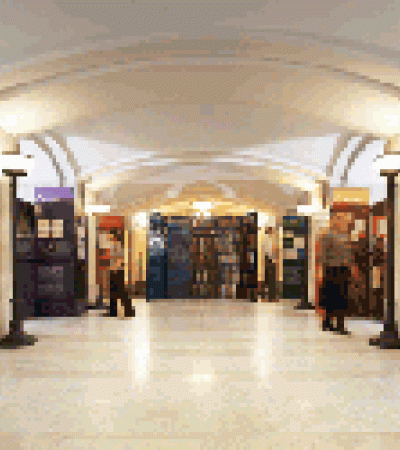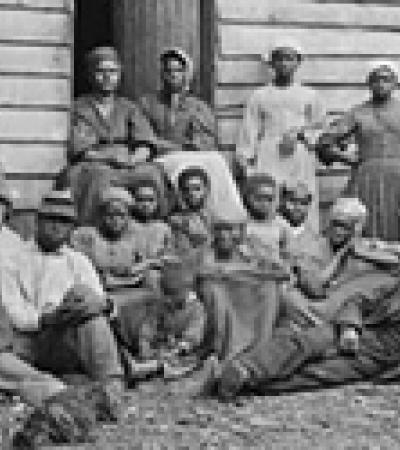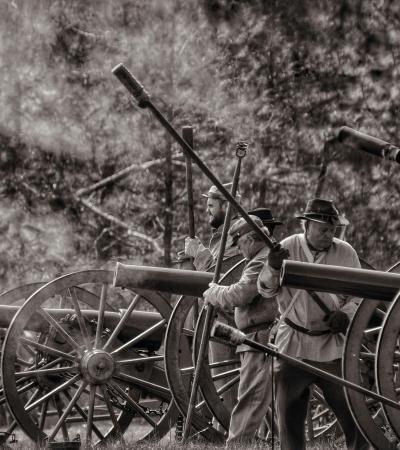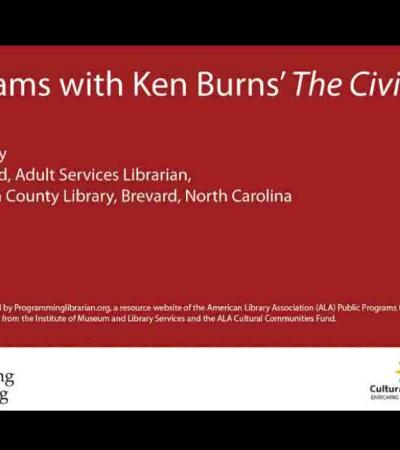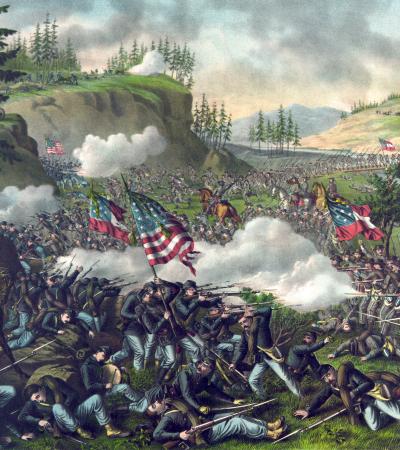Editor’s Note: Walk through the “Lincoln: The Constitution and the Civil War,” traveling exhibition with Dr. Steve Frank on YouTube.
Dr. Steve Frank, Chief Interpretive Officer at the National Constitution Center in Philadelphia, worked with the American Library Association’s (ALA) Public Programs Office to develop “Lincoln: The Constitution and the Civil War,” a National Endowment for the Humanities–funded traveling exhibit about Lincoln’s struggle to meet the political and constitutional challenges of the Civil War. The traveling version is based on an exhibition of the same name developed by the National Constitution Center.
[VIDEO::http://www.youtube.com/watch?v=4hNVUPM5SOg::normal]
Fifty libraries across the country are currently scheduled to receive the 1,000-square-foot panel exhibition, many of which have already created innovative and free public humanities programs focused on exhibition themes. Keep an eye on the ALA Public Programs Office website for an announcement of even more host sites coming soon.
Dr. Frank has generously agreed to share his thoughts about the traveling display, exhibit themes, and helpful resources.
Programming Librarian: What can visitors to “Lincoln: The Constitution and the Civil War” expect to see? Can you share any exhibit highlights?
Dr. Steve Frank: The exhibition’s opening image—greatly enlarged on the title panel—is a famous photograph of Lincoln made by Alexander Gardner four days before the Gettysburg Address. It’s the first of many Lincoln images throughout the exhibition, some familiar but many less well-known. For instance, there’s a wonderful pencil sketch of him sleeping, exhausted in the Telegraph Office of the War Department, with his stovepipe hat resting in his lap. Those images and the rich diversity of other evocative imagery from the era—newspaper and magazine illustrations, broadsides, lithographs, period photographs, and images of artifacts and rare documents—are a highlight of the exhibition. We tried to keep the text to a minimum. But Lincoln was our most eloquent president, so we also feature his words.
PL: The Lincoln and the Constitution exhibit is currently traveling to fifty libraries across the country, and will soon travel to two hundred more libraries and other community centers. Since this traveling exhibit is the National Constitution Center’s first collaboration with libraries, what has been your experience so far? Have you learned anything surprising about libraries and the programs they create?
SF: One of the most grati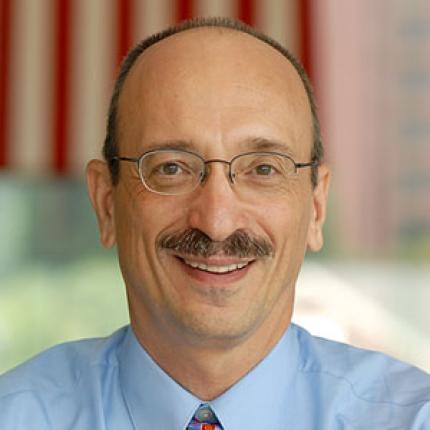
PL: If a library community is interested in exploring themes of the Constitution, but isn’t on the “Lincoln: The Constitution and the Civil War” exhibit tour, what kinds of resources can the National Constitution Center provide to support programming in libraries?
SF: The best resource, which we created as part of the original gallery-exhibition project, is an online game called “Lincoln’s Crossroads,” available on the center’s website. We’ve been encouraging libraries on the tour to offer the game to their visitors at a dedicated computer station associated with the exhibition. That’s something that any library can do, whether they have the exhibition or not. “Lincoln’s Crossroads” is a role-playing game featuring an animated Lincoln avatar. Users are immersed in a series of situations where Lincoln himself had to make a crucial decision. They get to choose a course of action before finding out what Lincoln did. The website features a page with links to other online Civil War resources, so it’s both fun to play and a valuable tool for teachers, or anyone interested in learning more about Lincoln and the Civil War.
PL: What do you hope viewers will take away from a visit to “Lincoln: The Constitution and the Civil War”?
SF: I mentioned that the portrait of Lincoln at the beginning of the exhibition was taken days before the Gettysburg Address. The exhibition ends with a photo montage of the Gettysburg landscape and asks visitors to read Lincoln’s words there as a message for today. Those two images bookend an exhibition that presents the Civil War through Abraham Lincoln’s eyes, as a series of constitutional challenges he was compelled to meet. Visitors have told us that it gives them a new way of looking at the Civil War. We hope that it helps them understand why it still matters: It was a wrenching moment in our history that transformed the Constitution and consequently put us on the path to becoming the nation we are today. We hope visitors leave with that message.

